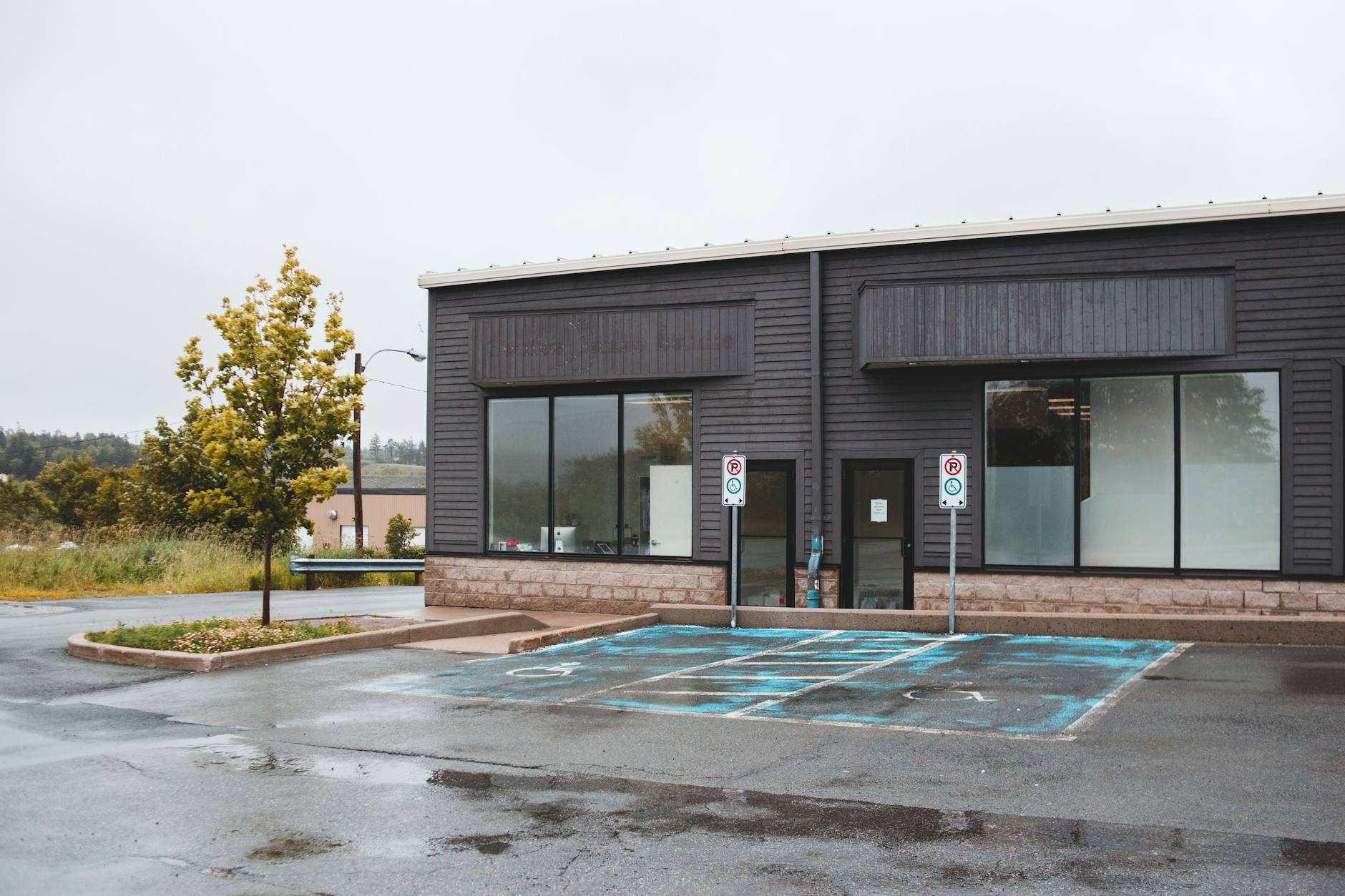How to Navigate Commercial Real Estate Listings for Retail Spaces
Navigating commercial real estate listings for retail spaces can be a daunting task, especially for business owners and investors who want to find the perfect location that fits their needs and budget. Unlike residential properties, retail spaces require a strategic approach that considers foot traffic, visibility, zoning regulations, and lease terms. This article will guide you through the key steps to effectively browse and analyze commercial real estate listings. From understanding the essential criteria of retail spaces to interpreting market data and negotiating terms, you’ll gain practical insights to help make informed decisions. Whether you’re launching a new store or expanding your brand, learning how to navigate these listings skillfully can save you time and money while securing a prime retail location.
Understanding your retail space requirements
Before diving into listings, it’s crucial to clearly define what you need in a retail space. This includes factors like:
- Size and layout: Consider the total square footage and how it fits your business model—for example, an open floor plan versus segmented spaces.
- Location: Proximity to your target customer base, accessibility by public transportation, and nearby complementary businesses.
- Visibility and signage: Assess how visible the space is from major roads or pedestrian traffic and what signage options are available.
- Zoning and compliance: Verify that the space is legally permitted for your type of retail business and meets all local regulations.
- Budget: Define your maximum rental rate or purchase price, including additional costs like utilities, maintenance, and property taxes.
Having these criteria set will help you filter through listings more efficiently and avoid wasting time on unsuitable options.
Effectively searching listings and using technology
With a clear understanding of your needs, the next step is mastering the search process. Commercial real estate listings are available on multiple platforms, each offering unique tools:
- Online marketplaces: Websites like LoopNet, CoStar, and CREXi aggregate retail listings with advanced filter options for size, price, and location.
- Broker databases: Local commercial real estate brokers often have exclusive listings and insider knowledge about upcoming vacancies or off-market opportunities.
- Mapping tools: Use GIS and mapping software to analyze demographic data and visualize traffic patterns around potential properties.
Combining these tools allows you to cross-reference and verify listings, ensuring a comprehensive view of the market and better negotiation positioning.
Interpreting listing details and the importance of due diligence
Every listing comes with a set of details that require careful interpretation:
- Lease type: Understand whether it’s a gross lease, net lease, or modified net lease, as this impacts your total cost obligations.
- Tenant improvements: Check if landlords offer build-out allowances or require you to cover renovation costs.
- Lease term and renewals: Longer terms can provide stability but may reduce flexibility.
- Parking and accessibility: Ensure sufficient parking spots and ease of access for both customers and deliveries.
Conducting due diligence also involves visiting the property, assessing physical condition, and consulting with experts like lawyers or commercial real estate agents to spot potential issues that may not be obvious in the listing.
Negotiating and closing the deal
Once you identify the right retail space, negotiation becomes the final hurdle. Key points to focus on include:
- Rental rates: Use market comparables to propose a competitive yet fair price.
- Lease incentives: Negotiate for rent-free periods or improvements to tailor the space to your needs.
- Flexibility clauses: Request options for subleasing or early termination, which can be valuable if your business needs change.
- Maintenance responsibilities: Clarify who handles repairs and property upkeep to avoid unexpected costs.
Collaborating closely with your broker and legal counsel during contract review is essential to ensure favorable terms and secure a successful transaction.
| Factors to consider | Impact on retail business | Tips for evaluation |
|---|---|---|
| Location | Directly affects customer traffic and sales potential | Visit at different times; analyze foot and vehicle traffic patterns |
| Lease type | Determines additional costs and financial commitments | Review lease agreements carefully; ask about hidden costs |
| Space layout | Influences how you display merchandise and customer flow | Request floor plans; inspect for remodeling possibilities |
| Competitive landscape | Presence of competitors can affect market share | Research nearby businesses; analyze complementary vs. competitive options |
Conclusion
Successfully navigating commercial real estate listings for retail spaces requires a systematic approach that begins with clearly identifying your business needs and budget. Leveraging technology and multiple listing platforms will broaden your search, but interpreting the details behind listings and performing thorough due diligence is what ensures you find a space that truly fits your retail goals. The negotiation phase must be handled with attention to lease structures and tenant protections, often with expert support to avoid pitfalls. By understanding these interconnected steps—from requirements setting to closing the deal—you increase the likelihood of securing a prime retail location that drives growth and profitability. Thoughtful navigation of this complex process ultimately saves you resources and positions your business for long-term success.
Image by: Erik Mclean
https://www.pexels.com/@introspectivedsgn
editor's pick
latest video
news via inbox
Nulla turp dis cursus. Integer liberos euismod pretium faucibua


